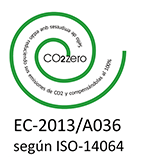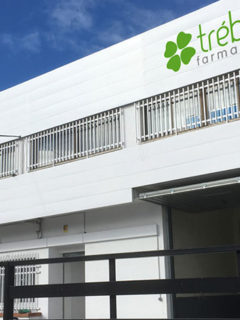All of us, both living beings and inanimate objects, leave a footprint of our time on earth. Throughout our life cycle we consume resources, and this has an impact on the environment in the form of emissions into the atmosphere. Packaging is obviously not spared from this wheel. And one of the ways to calculate the environmental impact of its production and use is the concept of the carbon footprint of packaging.
what is the carbon footprint of packaging?
The carbon footprint of an individual, organisation, event, product or action is determined by the greenhouse gas (GHG) emissions associated with its activities, either directly or indirectly.
This measurement takes into account various types of GHGs, including water vapour, carbon dioxide, methane, nitrogen oxides, ozone and chlorofluorocarbons, and is expressed in units of CO2eq, i.e. carbon dioxide equivalent.
How to calculate the carbon footprint of packaging
In order to calculate the carbon footprint of packaging, the GHG emissions from its production, both from the raw materials used and the packaging itself, must be taken into account:
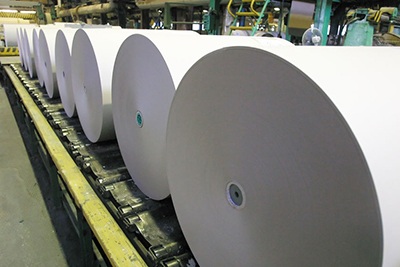
- Production, both of the raw materials of which it is composed (paper, cardboard, plastic…) and of its transformation into a final product, ready for marketing.
- Transport, from the raw materials to the factory, from the factory to the warehouse, and from there to the user.
- Shelf life, distinguishing reusable packaging from single-use packaging.
- Recycling and waste management in the last phase of the cycle.
Why take action to reduce the carbon footprint of packaging?
Reducing the carbon footprint of packaging is imperative to combat climate change. The Center for International Environmental Law (CIEL) warns in its study Plastic & Climate: The Hidden Costs of a Plastic Planetthat plastic production, incineration and composting activities will be responsible for the emission of more than 850 million metric tons ofCO2 in 2019 worldwide – the equivalent of the pollution generated by 189 500 megawatt coal-fired power plants operating at full capacity all year round.
If the plastics industry continues at these levels in the coming years – and the forecasts are not promising – the international community will fail in its goal of halting global temperature rise. It will not be possible to keep it below 1.5°C on average by 2050.
Reducing the carbon footprint of packaging: what can your company do?
is there anything businesses can do to avoid this catastrophe, you ask? Of course! There are a number of steps you can take to reduce the carbon footprint of the packaging you use to package your products:
1.adjust the size of your packaging
More flexible and lighter packaging, bespoke boxes, bags and envelopes as an alternative… These are some of the changes you can make to reduce the size of your packagingthis way:
- You’ll lower your packaging supplier’s bill and control the volumetric weight of your shipments– and it shows on the bottom line!
- You’ll reduce the environmental impact of your packaging– more minimalism means less production costs, and less waste!
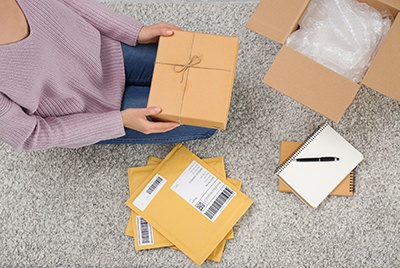
2.choose the most sustainable option for your case
which is better, cardboard or plastic? Well, we have to say that there is no absolute answer and it depends on each case. To make a safe choice, you should calculate the carbon footprint of each specific product and then make a comparison with its alternatives.
Generally speaking, we can say that:
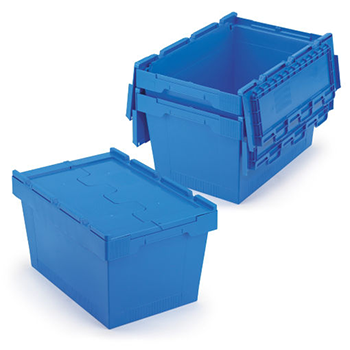
- Plastic packaging wins the game when it is reused dozens of times. Check out the advantages of Returnable Transport Packaging (RTP) for the storage and transport of food, medicines and parts for the electronics or automotive industry.
- Paper and board, especially if they are recycled and recyclable, are the winners when it comes to single-use packaging. Remember how the European Union has declared war on single-use plastics, which will be banned from 2020. In addition, paper and board producers have taken the goal of reducing GHG emissions in their manufacturing processes very seriously. The European Federation of Corrugated Board Manufacturer (Fefco) recently announced that in 2018 it managed to cut the carbon footprint of corrugated board produced by its members to 538 kg CO2eq per tonne, 11% less than in 2015.
3.applying for environmental commitment accreditation
Quality Assurance Bodies are independent bodies that can help you by auditing your processes, reviewing the carbon footprint of your packaging and validating your environmental commitment.
RAJA® is CO2zero accredited, awarded under ISO 14064 criteria. This shows that we care about offsetting theCO2 we generate in our day-to-day operations; and that we are committed to working to emit less and less greenhouse gases.
ready to take on the challenge of reducing the carbon footprint of your company’s packaging? Count on RAJA®, your trusted supplier. 4,000+ references in stock to optimise your packaging and reduce your carbon footprint packaging!











